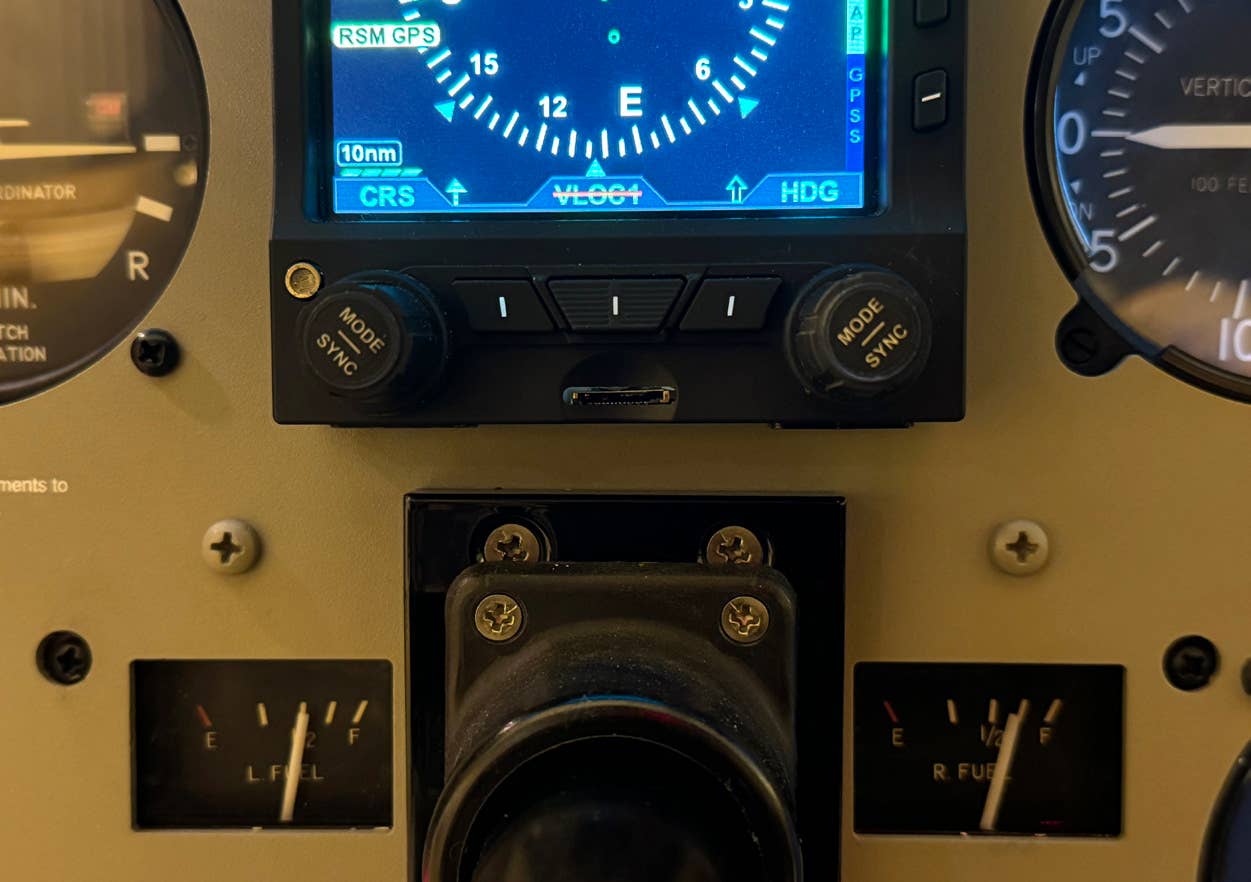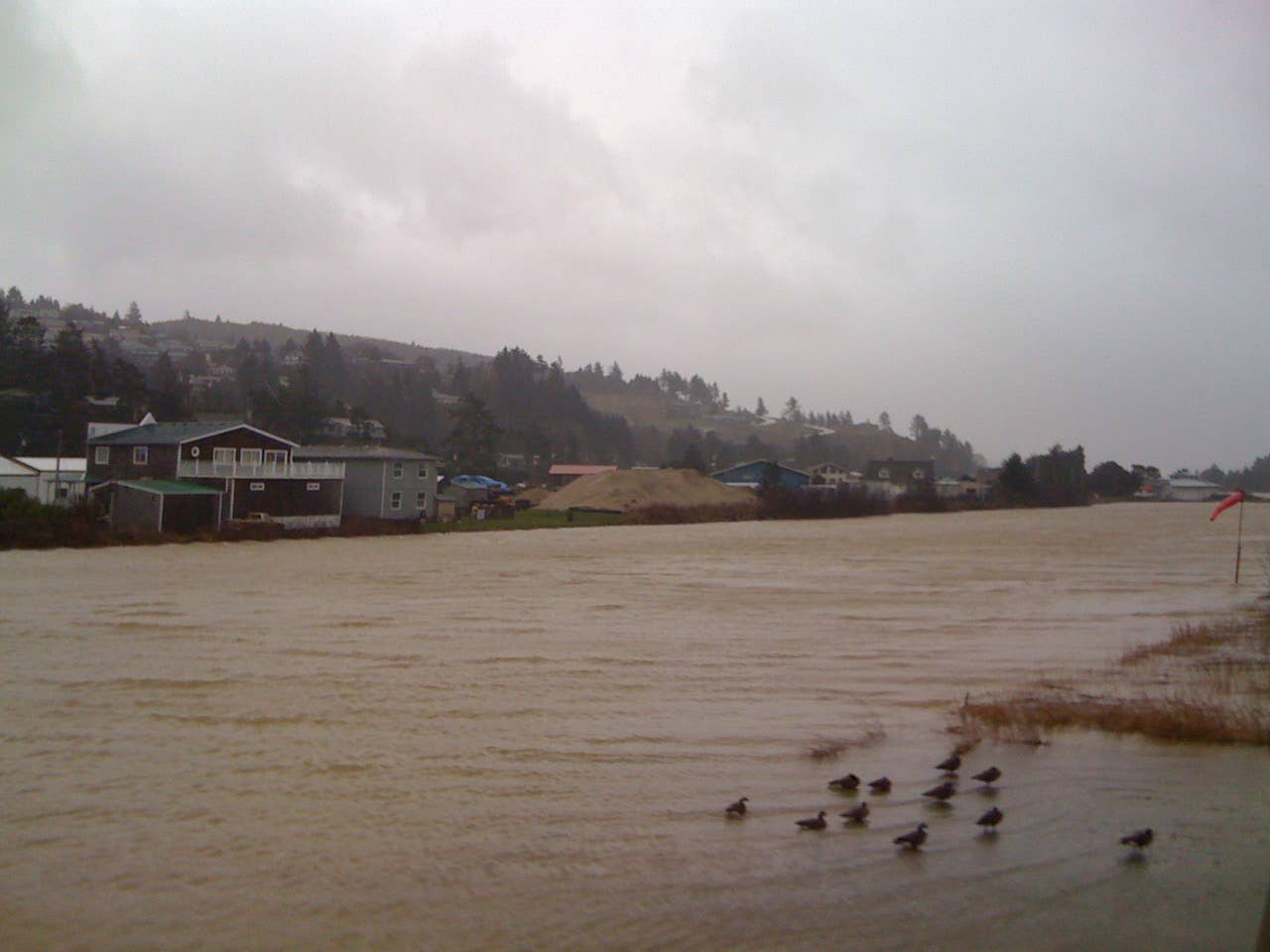
Photo Courtesy of Cessna
A single-engine accident in Florida recently in which two people died shortly after takeoff reminded me of another high-performance single-engine airplane accident that happened at Santa Monica airport in 2009. A SIAI-Marchetti SF-260C crashed onto the runway shortly after taking off, killing two people onboard. I’m not suggesting that the cause of the accidents were the same, but nonetheless, they both happened immediately after the airplanes departed. And the lives of the Marchetti pilot and his passenger may have been saved by one completely counterintuitive action – pushing the stick forward.
In the case of the Marchetti accident, the engine failed shortly after the departure. The NTSB accident report stated that the fuel selector, which has four positions, was placed on the right wing tip tank, a choice recommended only for cruise flight.
But it wasn’t the engine failure that made gravity slam the airplane into the runway. The accident report stated that "the airplane appeared to slow down as it made a right turn followed by a descending spin until impacting the runway." It appears that the airplane stalled and spun. We as instructors spend a lot of time teaching our students to recover from a stall by pushing forward on the stick or yoke, but most of us don’t emphasize strongly enough the importance of doing the same in a low altitude, loss of power situation to prevent a stall at an unrecoverable altitude.
Imagine yourself in a high pitch up, high power attitude, climbing out of an airport at Vx. Left turning tendencies make you apply right rudder to maintain coordination. Suddenly, your engine quits. You’re only a few hundred feet up and your backbone is telling you to pitch up to get away from the ground. But at Vx you are only a few knots above stall, so a little backpressure will get you there quickly. Even without backpressure, the speed will decrease with the sudden loss of power.
Moreover, Vx is, at least from my experience, always below the best glide speed, so the more time you spend at that speed, the more unnecessary altitude you’ll waste at a stage when there’s not much to lose. In some cases, the best glide speed is more than 10 knots higher than Vx – a speed difference that would require a significant change in pitch.
To add insult to injury, the right rudder input that counteracted the left turning tendencies created by the high power setting makes the airplane uncoordinated once that power is gone, which makes a spin more likely should the airplane stall. With no altitude to play with, pulling back will create a scenario you won’t walk away from.
The loss of power scenario requires you to perform something that your backbone is telling you not to do when you’re close to the ground – push the yoke forward.
But this contradictory action is the only thing that will save you. You need to achieve an airspeed that will allow the wings to keep flying, hopefully to a spot that will allow for a safe landing. Even if you end up in a place where the airplane gets damaged, you’ll have a much greater chance of surviving the impact than you do if the airplane stalls.
Departure stalls accounted for 15 fatal accidents in 2009 according to the 2010 Nall Report. That’s more than one such accident per month. While an engine failure is not common, being prepared to push the yoke forward if it happens during a high pitch up, high-power climb is the only thing that will save you.

Sign-up for newsletters & special offers!
Get the latest FLYING stories & special offers delivered directly to your inbox






